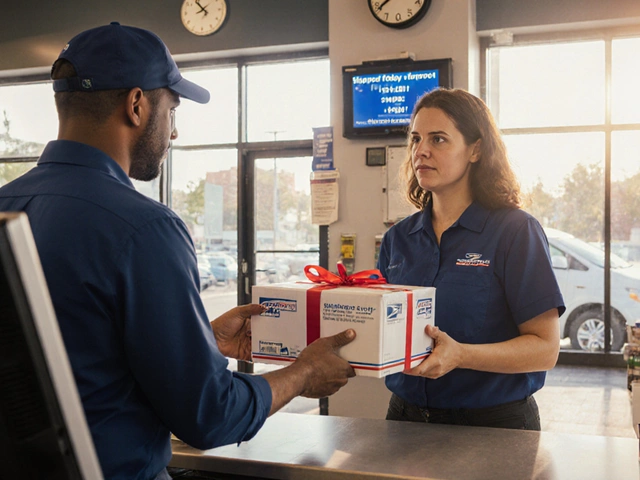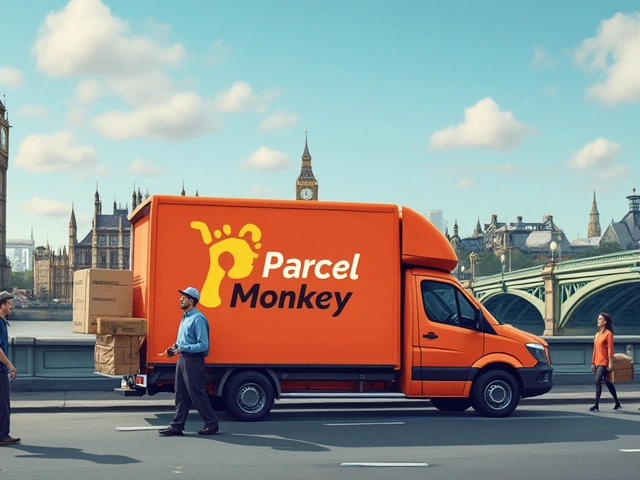Letter Delivery Basics: How to Send Mail Quickly and Cheaply
Sending a simple letter might feel old‑school, but it’s still one of the most reliable ways to get a note, invoice, or legal document to someone’s doorstep. Whether you’re a small business owner, a student, or just need to drop a birthday card, knowing the right service and the best practices can save you time and money.
Choosing the Right Service for Your Letter
In the UK, you have three main options: Royal Mail, a courier company, or a specialist letter‑delivery service. Royal Mail’s First Class gets your letter usually the next working day, while Second Class is a bit slower but cheaper. If you need proof of delivery, consider Signed For – the recipient signs on delivery, and you get an electronic record.
Courier firms like DHL, UPS, or local couriers often charge more for letter‑size parcels, but they can provide tracking, guaranteed delivery windows, and sometimes same‑day service for urgent documents. For bulk mailing, a specialist letter‑carrier can offer discounted rates and handle printing, sorting, and posting in one go.
Saving Money on Letter Delivery
The biggest cost‑saver is choosing the correct size and weight. A standard A4 sheet folded once fits comfortably into a letter envelope, which is cheaper than a large letter or a small parcel. Keep your weight under 100 g to stay in the cheapest band.
Print on regular 80 gsm paper – heavier paper pushes you into the large‑letter price bracket. If you’re sending many letters, print them double‑sided to halve the number of sheets you need. Using a pre‑printed address label can also speed up the process and reduce the chance of a mis‑addressed piece.
Don’t forget to check for bulk discounts. Royal Mail offers a Business Mail account that reduces the cost per letter after a certain volume. Similarly, many couriers have tiered pricing for regular shippers. Signing up for these programs can shave a few pence off each piece, which adds up quickly.
If you’re in a hurry, look for same‑day services offered by local couriers. They often use bikes or vans that navigate city traffic faster than the national postal network. For non‑urgent mail, schedule your posting early in the day to catch the morning dispatch run – this improves the odds of next‑day delivery without the extra charge.
Finally, always double‑check the address format. A missing postcode or an incorrect street name can delay delivery and sometimes incurs a return fee. Use the Royal Mail postcode finder or the courier’s address validator tool before sealing the envelope.
By matching the right service to your needs, staying within the standard letter limits, and taking advantage of bulk discounts, you can keep your letter‑sending costs low while still getting fast, reliable delivery. Whether it’s a contract, a thank‑you note, or an invitation, a well‑planned letter can arrive on time and on budget.
February 24, 2025
Evelyn Wescott
0 Comments
Need your letter delivered by tomorrow? Here's how you can make sure it arrives on time. We'll explore the fastest postal services, how to choose the right one, and tips for meeting those tight deadlines without a hitch.




